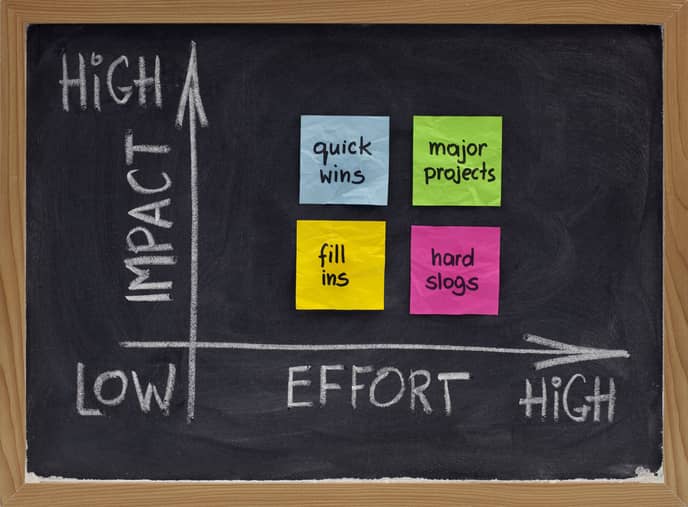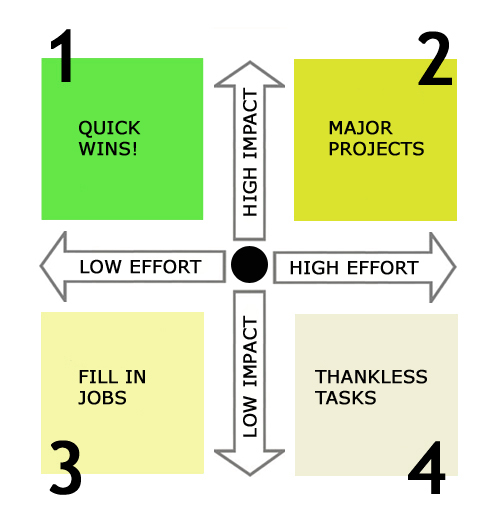In 1984, Israeli businessman Eliyahu M. Goldratt took an unusual approach to getting his new business theory before the public.
He decided to make the theory – the Theory of Constraints – the centerpiece of a novel called, “The Goal.” Set in the world of manufacturing, the novel follows the exploits of a manager who has 90 days to try save his plant or its headquarters will shut it down.
He uses a new theory to help save the plant and the hundreds of jobs it provides.
So, what is the Theory of Constraints and why is it still in use so many years later?
The Theory of Constraints Defined
Goldratt, who died in 2011, wanted a theory that focused on resource flow in a process and overcoming the constraints that impede it. In this regard, it resembles the idea of continuous flow that is the goal of Lean practitioners. It means a process that flows continuously and does not stop adding value to the product and the customer.
The Theory of Constraints begins with the idea that you must search for the weakest link in any process. Goldratt saw complex projects or processes as a series of linked tasks, and the weakest part of that chain can keep a process from achieving its goal.
Goldratt’s theory calls for initially assessing every project or operation by identifying the factors that will most likely block success – those are the constraints. Once identified, the constraints can then be eliminated. Or, the process can be improved to the point where the constraints no longer are a limiting factor.
Goldratt noted that constraints can come in many forms: the design of the process itself; a person working in the process; machines; policies governing the process; and specific process procedures.
Examples of Constraints
Two areas Goldratt focused on were deadlines and multitasking.
He did not favor multitasking. Examples of this could be pulling someone off a project to do something else, which leads to one task getting done late and the new task getting done in a rush. Allowing people to stick to one task at the time leads to better results, he believed.
He also thought deadline estimates were padded. Too often, Goldratt thought, employees add extra time in task deadline estimates because:
- They fear if they do one task too quickly, a shorter timeframe will be required for the next task
- They enjoy the “buffer time” between tasks, which alleviates the constant deadline pressure
- They might have concerns that if a project is done early, they will be accused of making unreliable deadline estimates
He also wrote that people will take as much time on a project as is given them, which is essentially Parkinson’s Law: Work will expand to fill the time allotted to complete it.
He argued that deadlines should be set without fear of constraints. It’s better to deal with actual constraints as they occur, rather than setting aside time to deal with constraints that may or may not happen.
The Five Focusing Steps
By its very nature, the Theory of Constraints calls for the type of continuous process improvement that is the focus of Lean, Six Sigma and Lean Six Sigma. The biggest examples of this are the Five Focusing Steps for finding and dealing with constraints.
They are:
- Identify the constraint
- Exploit the constraint – make quick improvements with the resources at hand
- Subordinate and synchronize to the constraint – make sure other “links” in the process support the constraint as best as possible
- Elevate the performance of the constraint – use more resources to improve a constraint, such as training for employees or new machinery
- Repeat the process – continuous improvement
Development of Critical Chain Project Management
Building upon his Theory of Constraints, Goldratt continued to focus on ways to improve workflow and eliminate constraints (what those in Lean would call “waste”).
He developed Critical Chain Project Management (CCPM) out of frustration in working with projects. Despite best intentions, many projects are delayed and miss deadlines. They also run over budget or result in a product of service that is not keeping with the original goal.
CCPM builds on the theory of constraints and focuses on “buffer time.” Rather than having buffer time between each task that makes up a critical path of a project, buffer time is pooled and placed at the end of each task. As each task is completed, the critical path is recalculated based on whether the task was completed early or late.
Buffer time can include waiting for resources, waiting for someone else to complete their task first or time spent pulled off on other assignments. Attacking this problem is also a key component in Lean, where waiting is one of the eight areas of waste.
The Ultimate Goals
Much like Lean and Six Sigma, the Theory of Constraints is a tool used to achieve larger goals. Lean asks that everyone always focus on what benefits the end user and to get rid of the things that don’t.
In the Theory of Constraints, Goldratt developed the following typical goals:
- Increased profit
- Fast improvement of processes
- Improved capacity for making products and developing services
- Reduced lead time on facets of a project
- Reduced inventory
The Theory of Constraints is something every practitioner of Lean and Six Sigma should know. It offers a relatively simple but powerful approach to process improvement.



